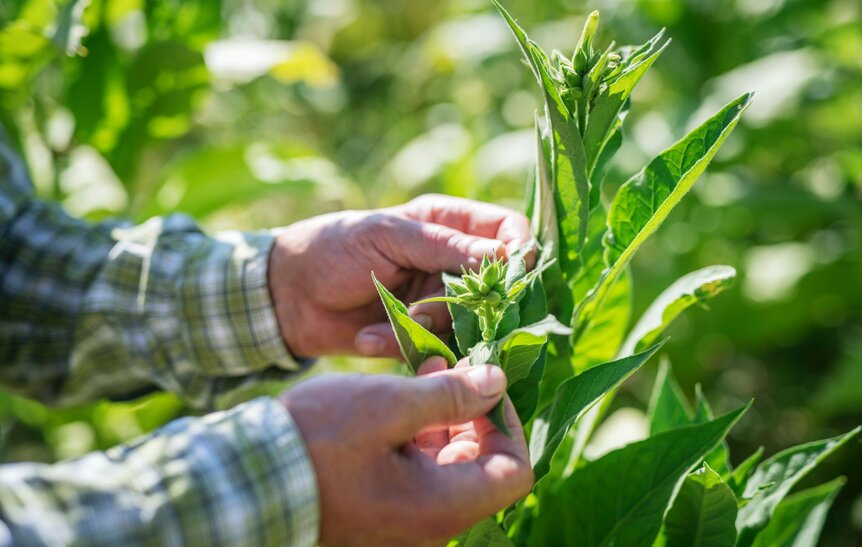Create a free profile to get unlimited access to exclusive videos, sweepstakes, and more!
Feed Me! New research shows plants might emit ultrasonic squeals under stress

Next time you curse at your fern, neglect to water your bansai tree, or let the dog dig into your lawn, remember that plants have feelings too, perhaps more than you realize, and they might be very vocal about it!
Israeli scientists and biologists have recently revealed findings that show plants can emit a high-pitched ultrasonic cry when subjected to instances of extreme discomfort or stress.
In a new study published online this month with bioRxiv, researchers at the School of Plant Sciences and Food Security and the School of Zoology at Tel-Aviv University, Tel-Aviv, Israel found plant samples uncorking shrill, recordable sounds when exposed to adverse conditions.
This area of bioacoustics in plants has not been adequately studied before and the team hopes to unravel more mysteries about how these ultrasonic utterances affect plants and their environments. Their experiments showed that in both acoustic chambers and in greenhouses, ultrasonic sounds at the 20 to 100 kilohertz range were captured with microphones positioned 10 centimeters from tomato and tobacco plants.
Computer tactics deploying an AI algorithm were devised to determine the difference between plant sounds and general noises, and diagnose the condition of these plants, whether dried out, severed, or intact, based only on the type of broadcast sound.
Under the results of the ambitious but speculative study, drought-stressed tomato plants spit out approximately 35 ultrasonic squeals per hour, while those with severed stems made nearly 25. Desiccated tobacco plants let out about 11 screams per hour, and cut crops made about 15 sounds within the same time period. By comparison, the average number of noises sent out by virgin plants dropped to below one per hour.
Past studies have concluded that plants exhibit significant changes in their phenotypes in response to stress and often offer up visual, chemical, and tactile cues, which nearby organisms can sometimes respond to. But the ability to emit airborne sounds that can be interpreted from afar is still under some debate.
For example, plants punished with drought stress have been shown to experience a condition called cavitation, where air bubbles form, expand, and burst in the xylem, causing unique vibrations that have been recorded by inserting recording devices directly into the plant. But until now, this method didn't explain the extent to which these subtle vibrations could be picked up at a distance.
These preliminary results suggest that animals, humans, and possibly even other plants, could use sonic abilities emitted by a plant to gain information about the plant’s ultimate condition. Further investigation on plant bioacoustics and sonic emissions are a vital tool in learning about the vast plant world and their symbiotic relationships with the ecosystem and agriculture industry.
Until we can decipher their cries for help with more exacting analysis, play some Mozart for your well-watered plants and keep an ear open for any unnatural morning murmurings!

















